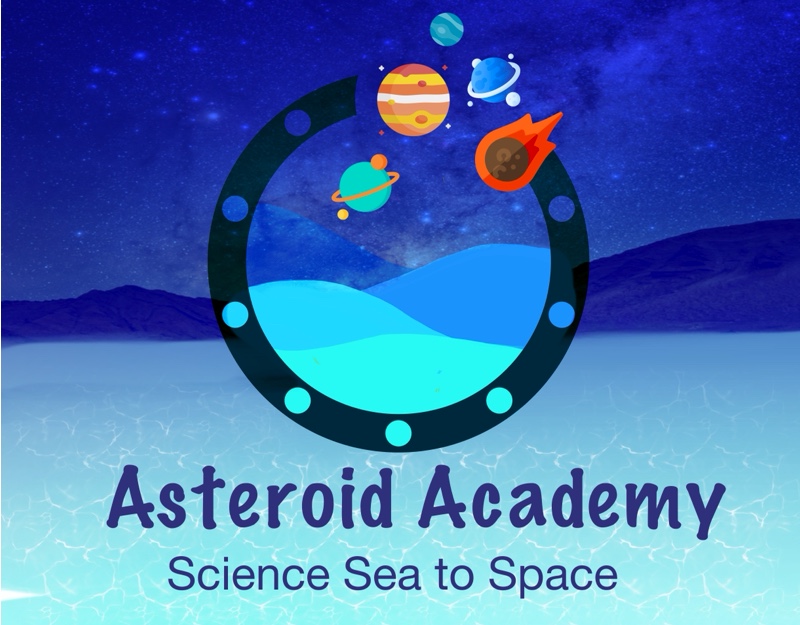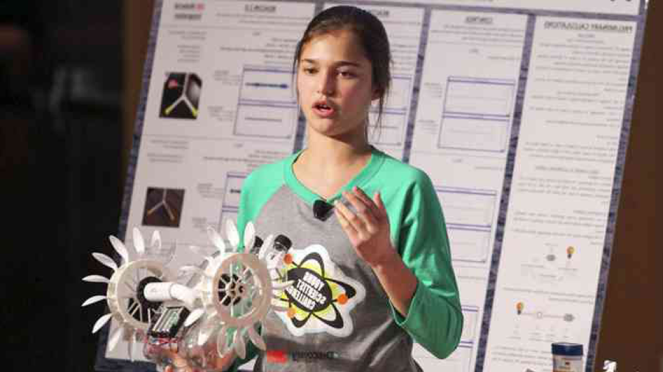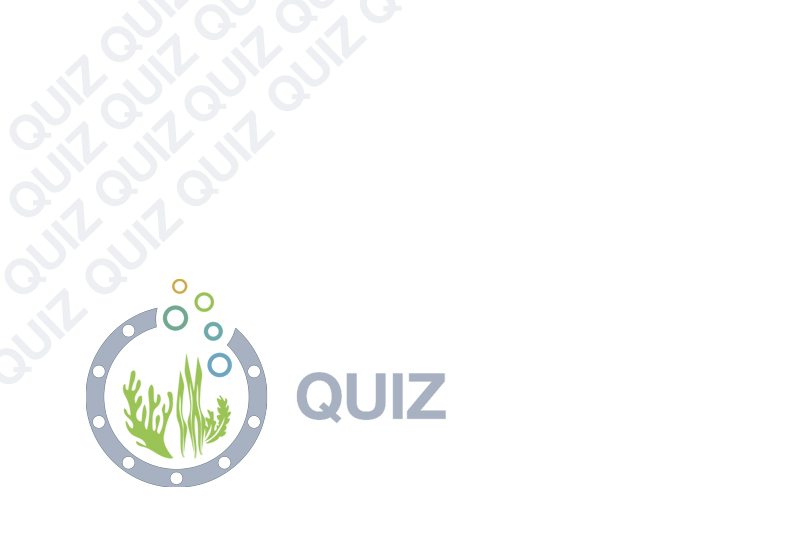
SCS.B | The Anatomy of Sleep
Sleep! No, wait! That wasn’t a command, it’s what we’re talking about in this Hab Lesson!
More specifically, we’re going to talk about sleep, or rather the lack thereof, in extreme environments like the Hab and the International Space Station. But first, let’s talk about what sleep is.
What is Sleep?
The funny thing is that, even though you’ll spend about a third of your life doing it, scientists still aren’t exactly sure why we sleep. Sleep is important to a number of brain functions, including how nerve cells (neurons) communicate with each other. In fact, your brain and body stay remarkably active while you sleep. Recent findings suggest that sleep plays a housekeeping role that removes toxins in your brain that build up while you are awake.
Everyone needs sleep, but its biological purpose remains a mystery. Sleep affects almost every type of tissue and system in the body, from the brain, heart, and lungs, to metabolism, immune function, mood, and disease resistance. Research shows that a chronic lack of sleep, or getting poor quality sleep, increases the risk of disorders including high blood pressure, cardiovascular disease, diabetes, depression, and obesity.
Your brain is an incredibly complex organ–it has to be, since it regulates all of the functions of the rest of your body–so there is a lot going on inside your skull while you’re sleeping. Here’s some of what’s going on in there:
As I just mentioned, your brain is incredibly complex and what you may not know is that the brain is not just a single organ, but a whole collection of parts that regulate your body and how you process information coming in from the outside world. Here’s how that complex system handles your sleep.
Bits o’ Brain
As I just mentioned, your brain is incredibly complex and what you may not know is that the brain is not just a single organ, but a whole collection of parts that regulate your body and how you process information coming in from the outside world. Here’s how that complex system handles your sleep.
Hypothalamus
The hypothalamus is a peanut-sized structure deep inside the brain that contains groups of nerve cells that act as control centres affecting sleep and arousal. Inside, there are clusters of cells that receive information about light exposure directly into the eyes. This structure controls your behavioural rhythm.
Brain Stem
Down at the base of the brain is the brain stem, which communicates with the hypothalamus to control the transition between wakefulness and sleep. The brain stem (especially the pons and medulla) also plays a special role in REM sleep; it sends signals to relax muscles so that we don’t act out our dreams.
Thalamus
Another organ that helps regulate your sleep is the thalamus, which acts as a relay for information from the senses to the cerebral cortex (the covering of the brain that interprets and processes information from short- to long-term memory). During most stages of sleep, the thalamus becomes quiet, letting you tune out the external world. But during REM sleep, the thalamus is active, sending the cortex images, sounds, and other sensations that fill our dreams.
Pineal Gland
The pineal gland, located within the brain’s two hemispheres, helps put you to sleep once the lights go down. It does this as receives signals from the SCN and increases production of the hormone melatonin. Scientists believe that peaks and valleys of melatonin over time are important for matching the body’s circadian rhythm to the external cycle of light and darkness.
The basal forebrain, near the front and bottom of the brain, also promotes sleep and wakefulness, while part of the midbrain acts as an arousal system. Release of adenosine (a chemical by-product of cellular energy consumption) from cells in the basal forebrain and probably other regions supports your sleep drive.
Amygdala
Last, we’ve got the amygdala, an almond-shaped structure involved in processing emotions, becomes increasingly active during REM sleep. So, you know when you become happy when something good happens in a dream, or you become frightened during a nightmare? Thank your amygdala.
The brain is a complex place, even when all you’re doing is sleeping. You might think of sleep as just one thing, but that’s also a complicated process, with different things going on at different stages.
Curriculum Reference Links
- Biological World / Building Blocks / 1: Students should be able to investigate the structures of animal and plant cells and relate them to their functions




